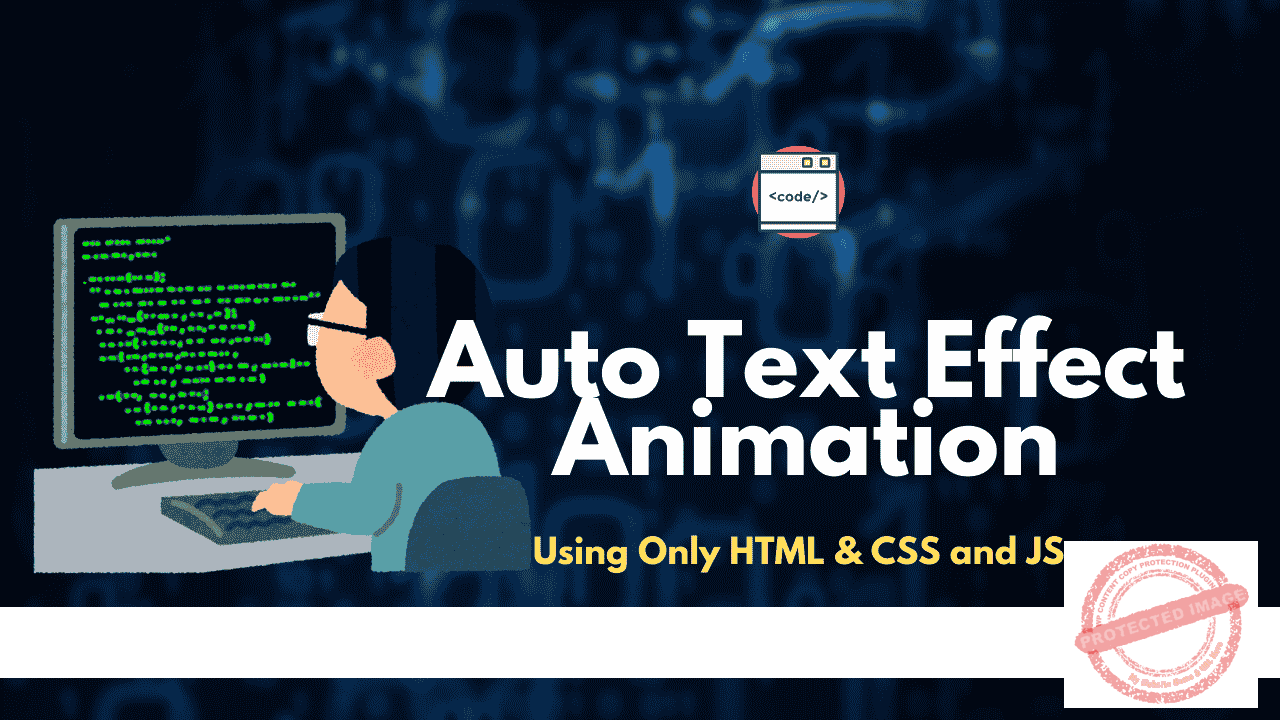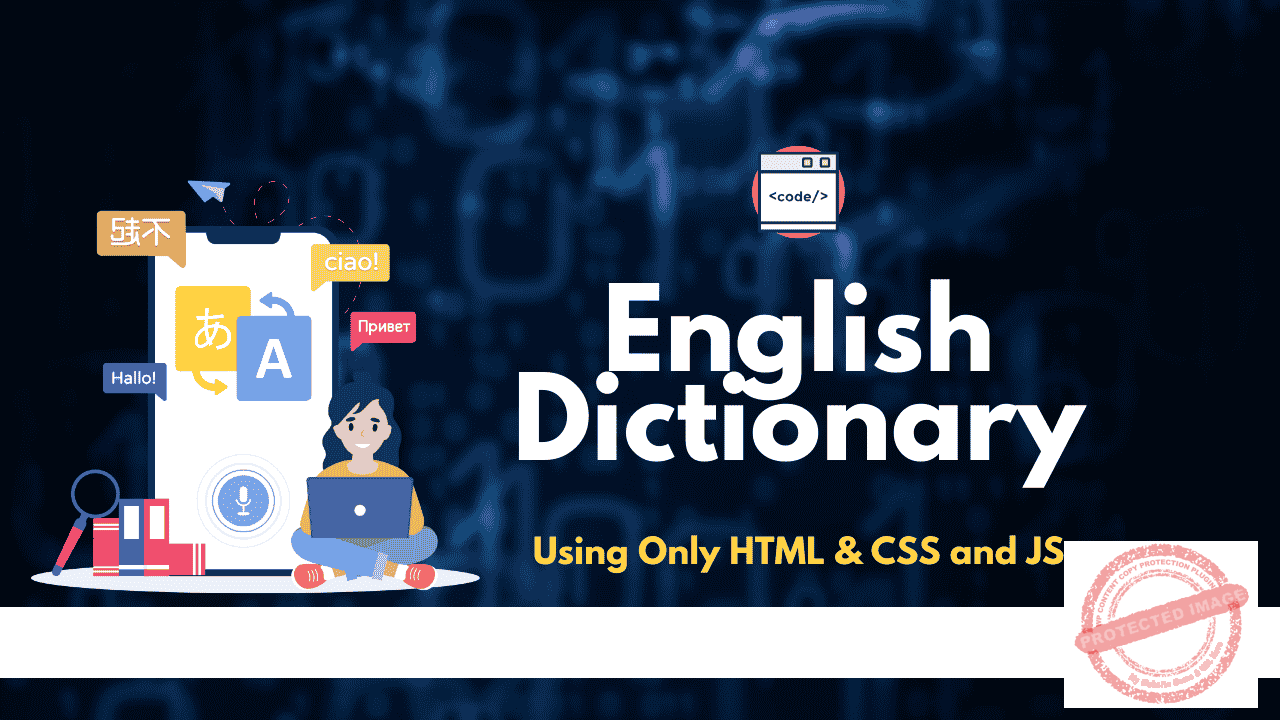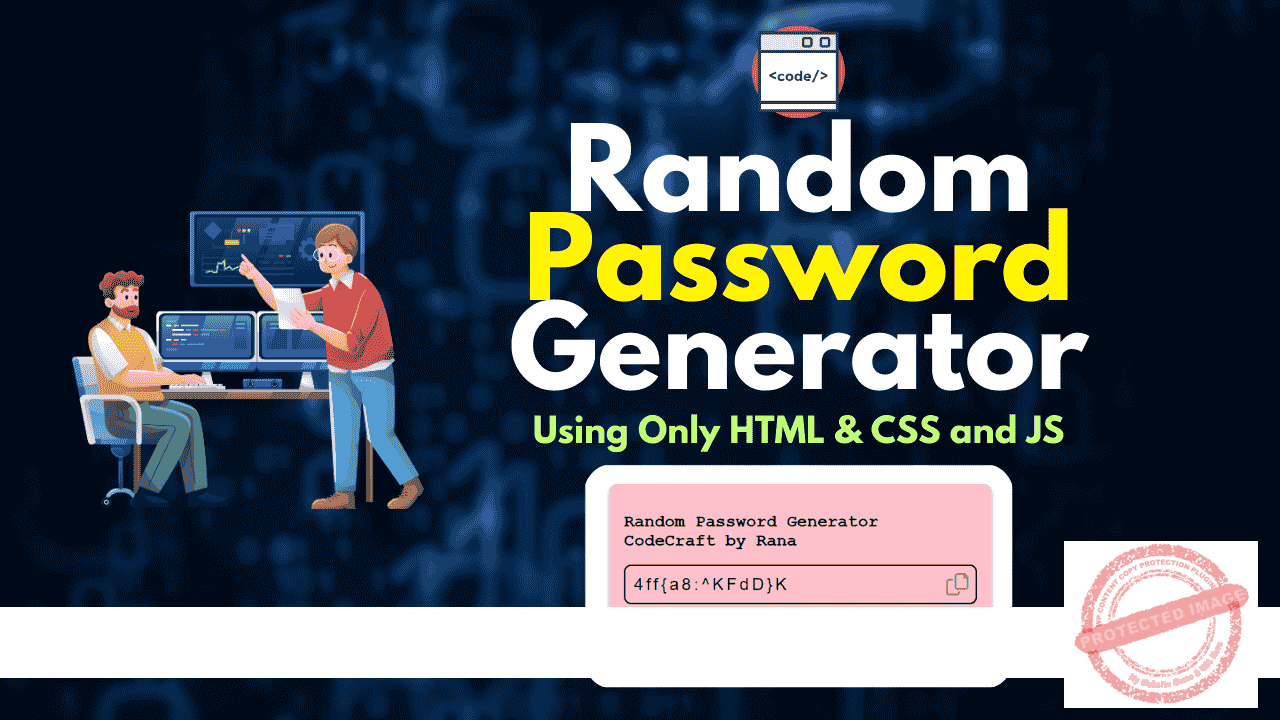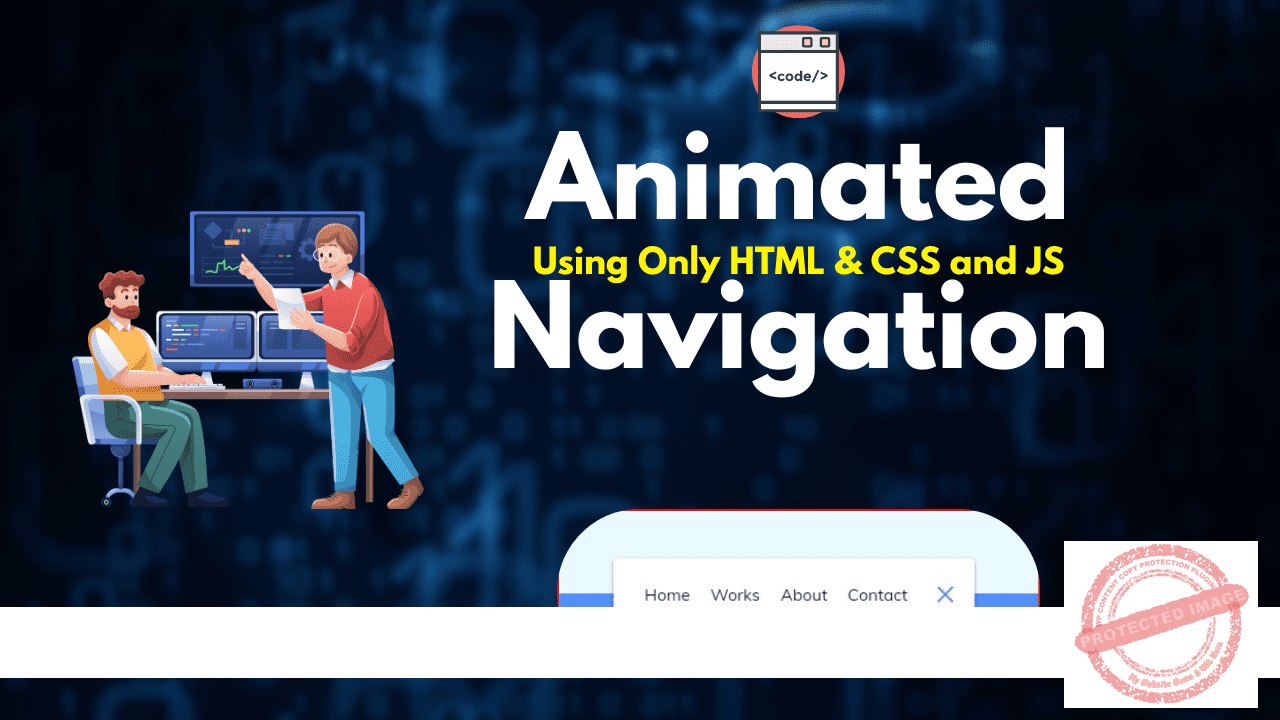Understanding Computers and Programming
Explore the basics of Introduction to Programming with our easy-to-follow guide. Perfect for beginners looking to dive into tech!
How Computers Work:
Basic Components:
- Hardware: The physical parts of a computer, including the CPU (Central Processing Unit), RAM (Random Access Memory), storage devices, and input/output devices.
- Software: The programs and operating systems that run on the hardware. This includes system software (like operating systems) and application software (like word processors and games).
How They Interact:
- CPU: Executes instructions from programs. It processes data and performs calculations.
- Memory (RAM): Temporarily stores data and instructions that the CPU needs while performing tasks.
- Storage: Holds data and programs long- term (e.g., hard drives, SSDs).
- I/O Devices: Allow interaction between the user and the computer (e.g., keyboard, mouse, monitor).
Programming: (Introduction to Programming)
- Definition: The process of creating instructions that a computer can execute.
- These instructions are written in programming languages.
- Purpose: Enables us to control the hardware and perform specific tasks, from simple calculations to complex simulations.
Role of Programming in Software | Introduction to Programming
Development:
- Creating Software: Programming is the foundation of software development. It involves writing code to create software applications, systems, and tools.
- Problem Solving: Programmers use coding to solve problems and create solutions that meet user needs or automate tasks.
- Software Lifecycle: Includes planning, designing, coding, testing, and maintaining software. Programmers are involved in many stages of this lifecycle.
Overview of C/C++ | Introduction to Programming
History of C:
- Origin: Developed in the early 1970s by Dennis Ritchie at Bell Labs.
- Purpose: Designed to develop the UNIX operating system and for system programming.
- Impact: Influenced many modern programming languages and became widely used for its efficiency and control.
Features of C:
- Procedural Language: Focuses on procedures or routines.
- Low-Level Access: Provides access to memory and system-level operations, allowing fine- grained control over hardware.
- Efficiency: Known for its performance and efficient use of resources.
- Standard Library: Includes a comprehensive standard library for common functions.
History of C++:
- Origin: Developed in the early 1980s by Bjarne Stroustrup, also at Bell Labs.
- Purpose: Designed to extend C with object- oriented features to support more complex software development.
Features of C++:
- Object-Oriented Programming (OOP): Introduces concepts like classes, objects, inheritance, polymorphism, and encapsulation.
- C Compatibility: Includes almost all of C’s features, making it possible to use C code within C++ programs.
- Standard Template Library (STL): Provides a collection of template classes and functions for common data structures and algorithms.
Differences Between C and C++ | Introduction to Programming
Programming Paradigms:
- C: Primarily procedural, focusing on functions and structured programming.
- C++: Supports both procedural and object-oriented programming, allowing for more modular and reusable code.
Syntax and Features:
- C: Simpler syntax, with a focus on functions and basic data types.
- C++: Adds classes and objects, operator overloading, templates, and exception handling.
Standard Libraries:
- C: Standard library includes functions for I/O, string manipulation, math, etc.
- C++: Includes the C standard library and additional libraries for data structures (STL), file handling, and more.
Summary | Introduction to Programming
- C is a powerful, procedural language known for its efficiency and close-to-the-metal operations.
- C++ builds on C by adding object-oriented features, providing a more flexible and higher-level approach to programming while maintaining backward compatibility with C.
Understanding both C and C++ provides a strong foundation in programming, with C offering a deep understanding of system-level programming and C++ expanding on that with modern programming techniques.
Important Links
| Download PDF | Click Here |
| Fresher Recruit Practice Set 2024 For Free | Click Here |
| Other Post | Click Here |
| Join Facebook Group | Click Here |
| Join Telegram Channel | Click Here |
| Web Stories | Click Here |












